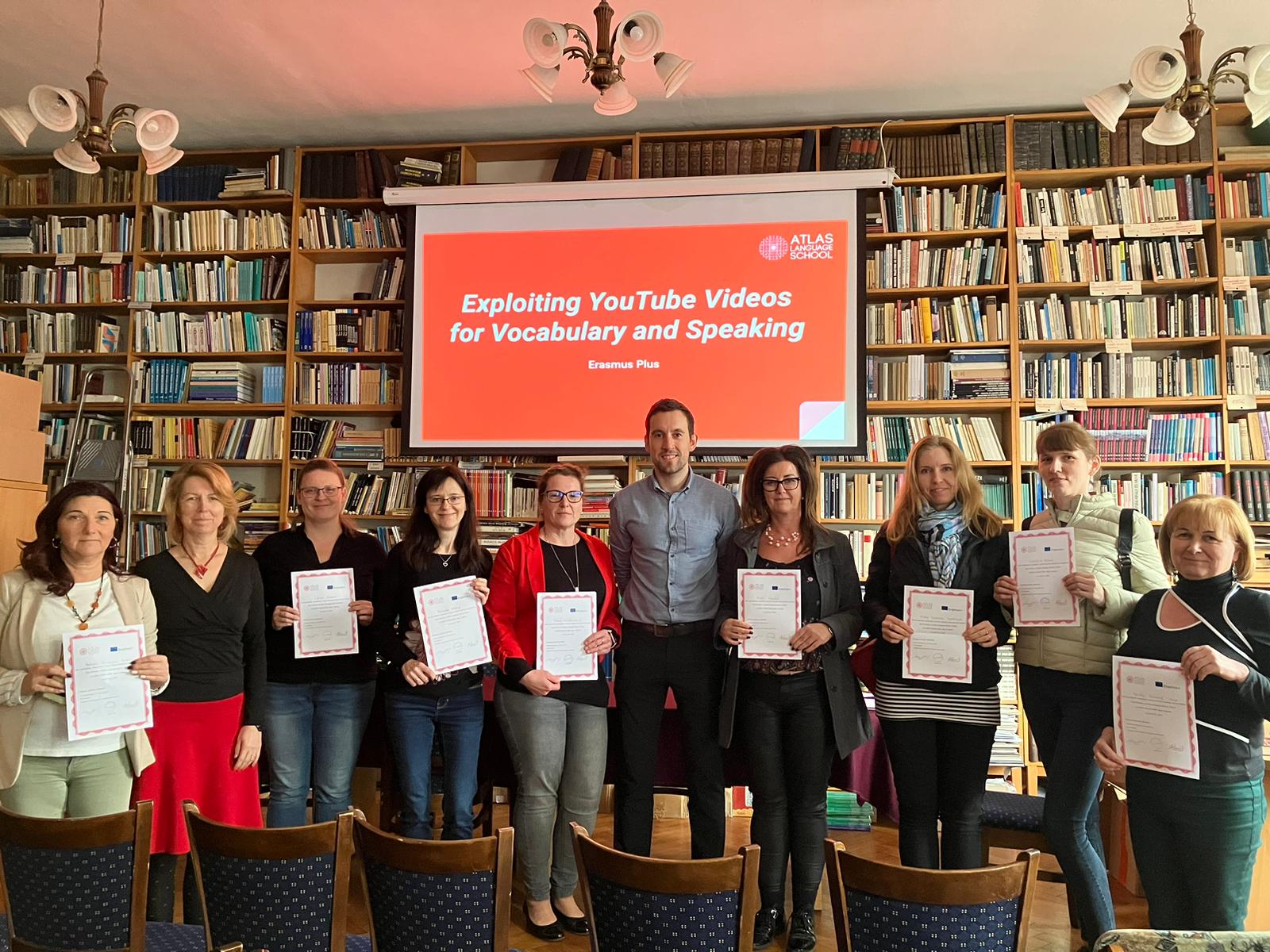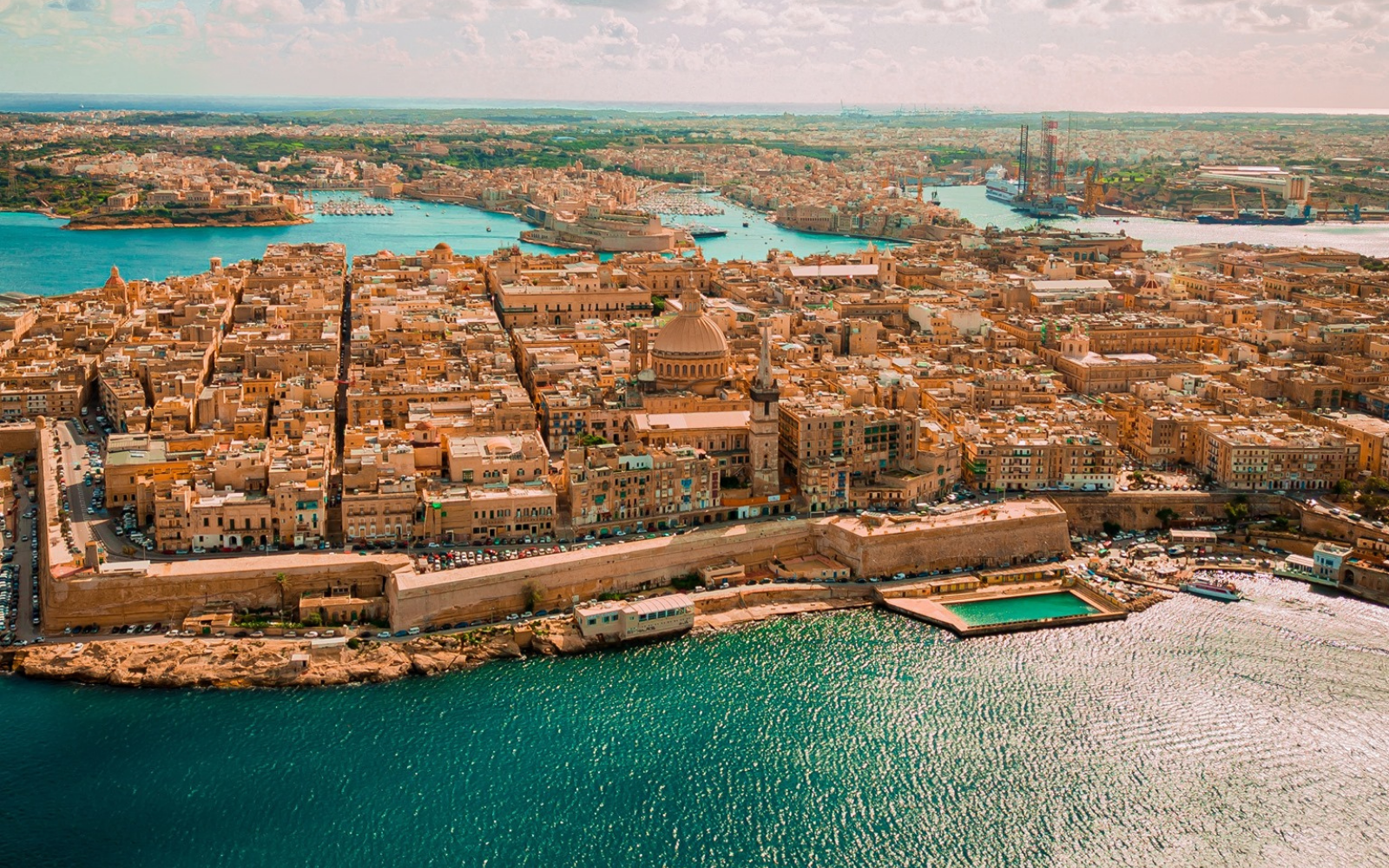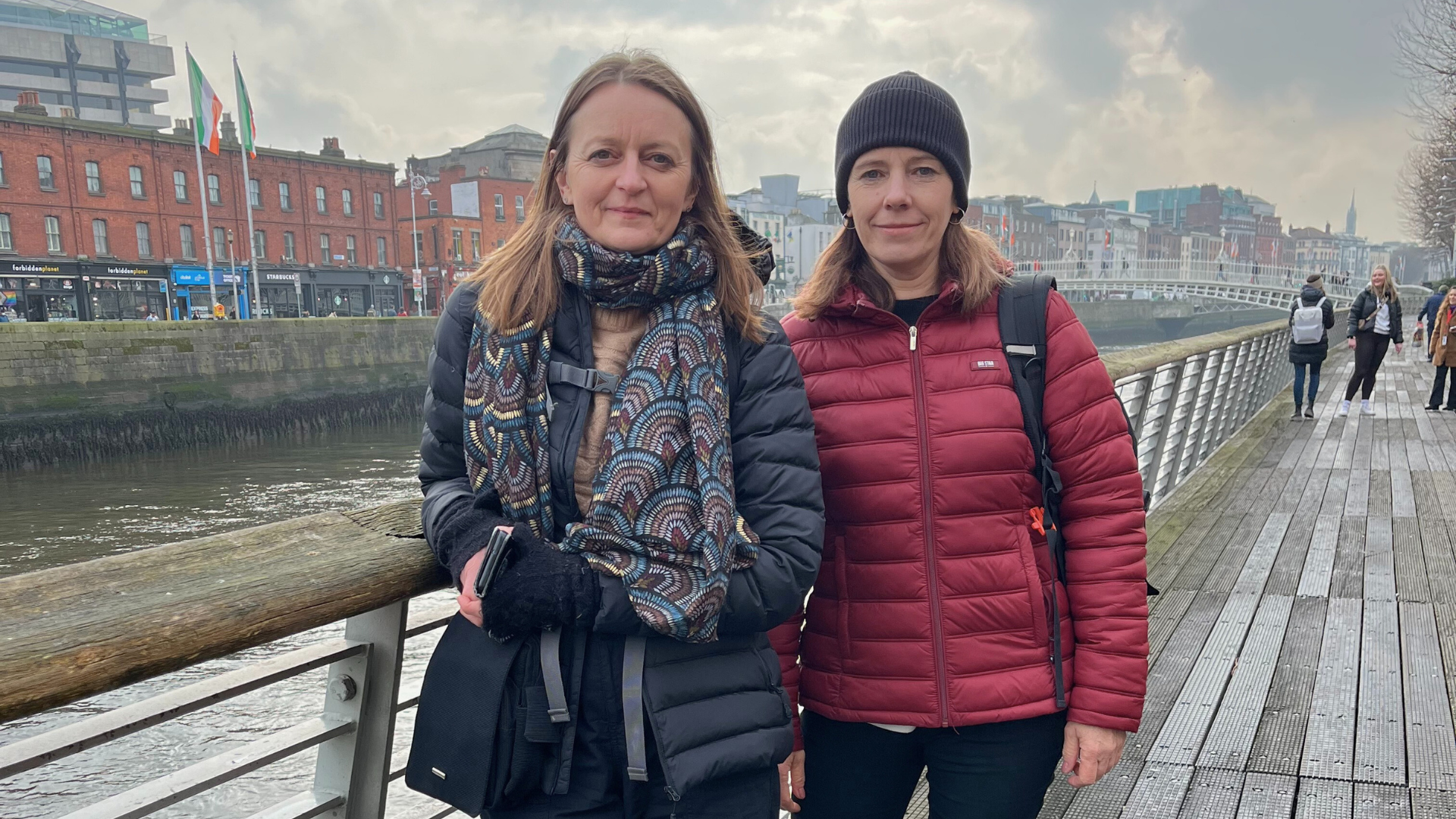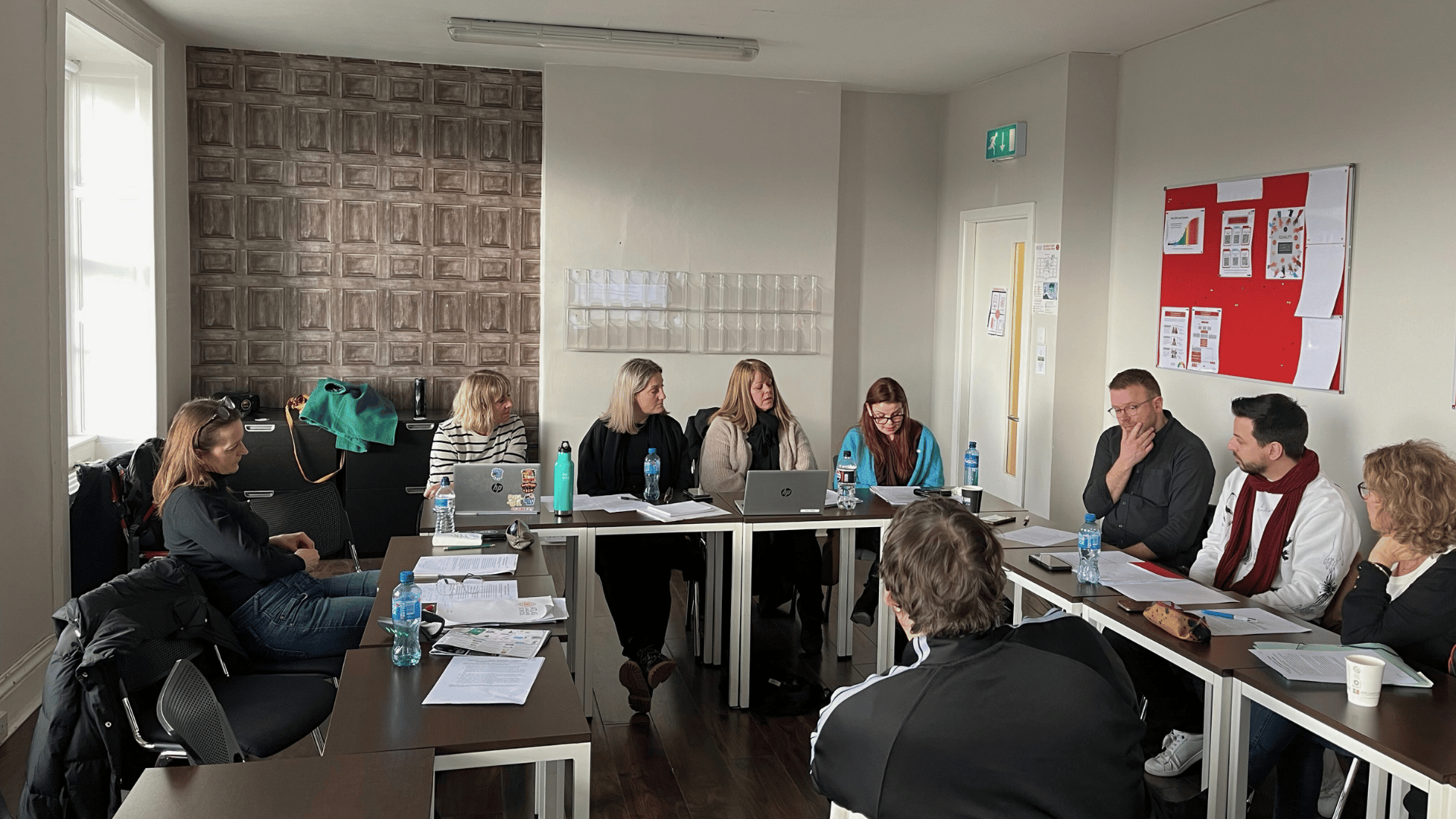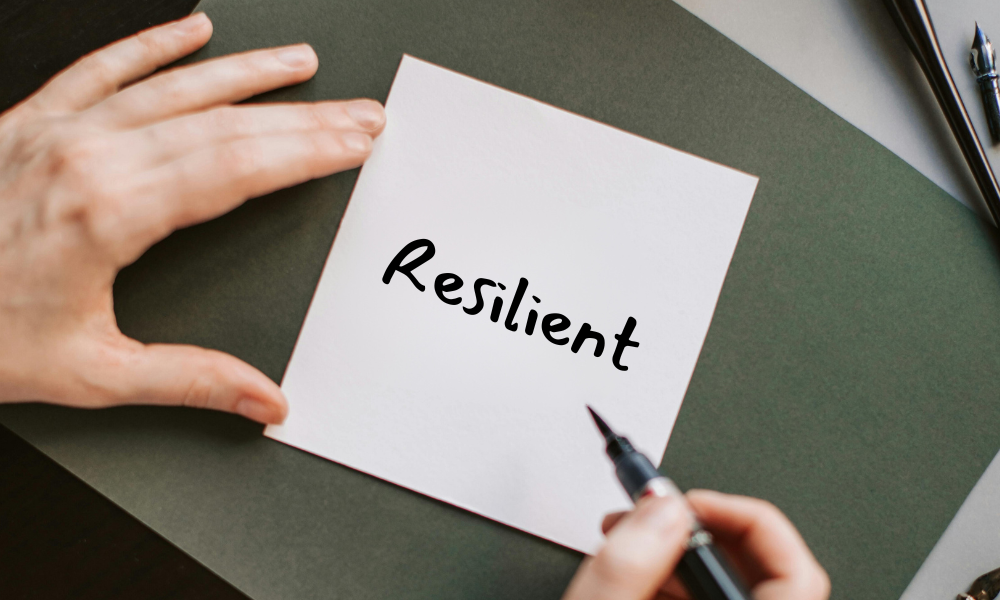Ireland’s Epic Women You Need to Know About
In Ireland’s rich history, countless women have shown remarkable courage and resilience, yet their stories often remain hidden. Despite fighting for rights and recognition, they have been stifled and belittled. It’s crucial to remember these unsung heroines and their impact. From political pioneers to literary luminaries, their contributions have shaped Ireland and inspired generations. Join us as we uncover the extraordinary lives of Ireland’s epic women, celebrating their achievements and honoring their enduring legacy. This journey of discovery promises to shed light on the remarkable women who have shaped Ireland’s past and present.
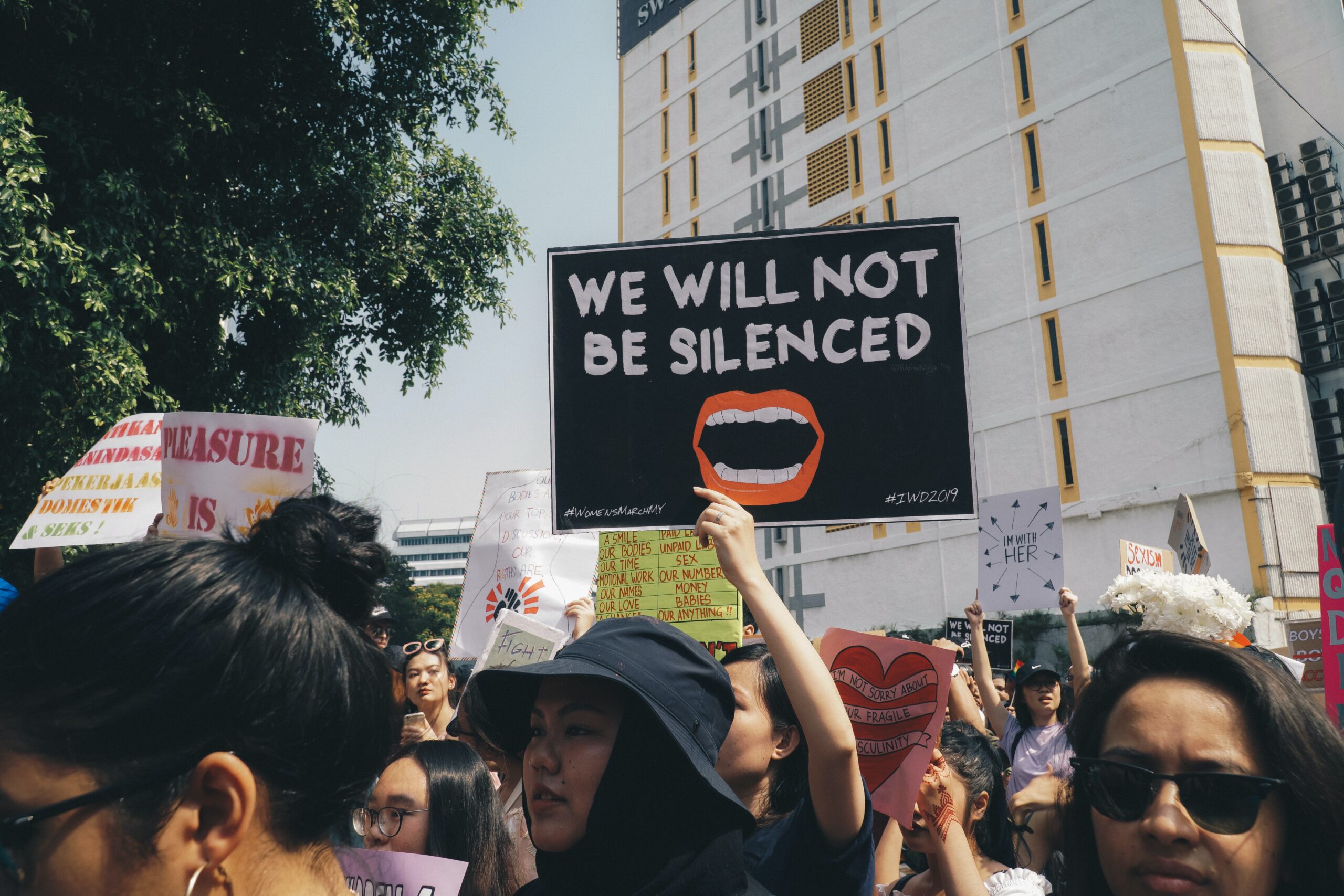
Dr James Barry
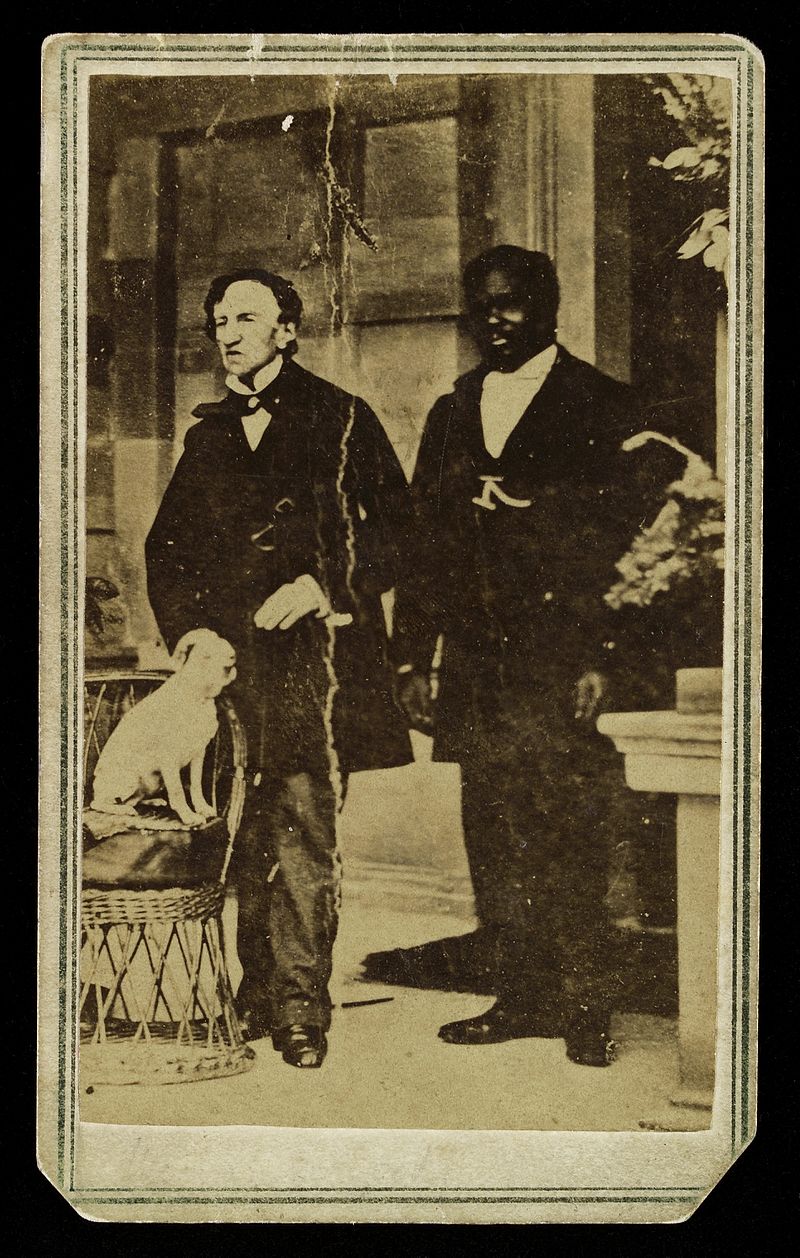 Dr James Barry was actually born Margaret Ann Bulkley in Cork around 1789 – a time when women were barred from most formal education. Margaret was eager to pursue an education and do something beyond what was permitted for her gender. When she was 18 she decided to try and join medical school in Scotland, but women were not allowed to study medicine back then, so when she arrived at Edinburgh University she joined under the name “James Barry”.
Dr James Barry was actually born Margaret Ann Bulkley in Cork around 1789 – a time when women were barred from most formal education. Margaret was eager to pursue an education and do something beyond what was permitted for her gender. When she was 18 she decided to try and join medical school in Scotland, but women were not allowed to study medicine back then, so when she arrived at Edinburgh University she joined under the name “James Barry”.
When Margaret was about 18 years old, she is said to have told her brother: “Were I not a girl, I would be a soldier!” And a soldier she would be.
James successfully completed his studies and went to London to join the Royal College of Surgeons. Afterwards, he joined the British Army as a military surgeon and served in India and South Africa. He is known for having executed the very first successful caesarean section by a European in Africa, in which both the mother and the child survived the operation.
He died in 1865 at the age of 86 years old. The maid who was preparing the body for burial discovered that the surgeon was actually a woman – it was a huge scandal back then. The story of James Barry is the story of a woman that decided to give up on everything, even her own identity, in order to achieve what she wanted to.
Photo credit: This file comes from Wellcome Images, a website operated by Wellcome Trust, a global charitable foundation based in the United Kingdom. Refer to Wellcome blog post (archive).
Eva Gore Booth
Eva Gore Booth was born in 1870 in Lisdell, Co.Sligo. She was an activist who fought for her entire life for women’s rights, worker’s rights and animal rights. Furthermore, she was a theologian, dramatist and talented poet. Thanks to her involvement in social causes, she challenged the status quo through her art.
Eva was the younger sister of Constance Gore-Booth, later known as the Countess Markievicz. Both sisters reacted against their privileged background and devoted themselves to helping the poor and disadvantaged throughout their lives.
In 1896, during a trip to Italy, she met and fell in love with Esther Roper, a Manchester-based social activist and suffragist. This encounter radically changed Eva’s life. The two women were gay at a time when it was a crime to be. Together they launched “Urania”, a forward-thinking journal which questioned gender, sexuality, and challenged the stereotyped views perpetrated by the patriarchal society. Each issue was headed with the statement “There are no ‘men’ or ‘women’ in Urania”. Eva and Esther were life-long partners and were buried together under the same headstone in London.
Lilian Bland
Born in 1878 in Kent (part of the Anglo-Irish gentry), Lilian Bland was the first woman in the world to design, build and fly her own aircraft known as “The Mayfly”. She was also a professional photographer, author and painter. Moreover, she was the owner of Belfast’s first Ford Dealership and the first woman in Northern Ireland to apply for a jockey’s licence.
She smoked, drank whiskey and wore trousers and dungarees at a time when it was not considered appropriate for women to do so. She definitely had a ground-breaking life, defying all conventions.
“Edwardian society ladies led empty lives full of empty talk” she once said. She never surrendered and lived the life she wanted despite all prejudices.
Lady Mary Heath (Born Sophie Peirce-Evans)
Born in Limerick in 1896, Lady Mary Heath was a record-breaking aviator and athlete, as well as a campaigner for women’s rights. She was actually the first person – woman or man – to fly solo across Africa from South Africa to London. During her expedition, she suffered from a sunstroke and crashed in Zimbabwe, and was even believed to be dead. Despite it all, she didn’t give up, she recovered and finished that 10,000-mile journey and got back to the UK. If you would like to have a look, a scale model of the plane she used is on display at The Little Museum of Dublin.
In addition, Lady Mary Heath was the very first woman to parachute from a plane, as well as a high jump record holder. At that time, women were banned from most sports at the Olympics – she fought to have women recognised in these competitions.
Sophie defied the patriarchy to be the first female commercial pilot in the UK when women were not allowed to take passengers, but no-one would employ her. Later on, she moved to the US, where she became the first female aircraft mechanic.
It is important to mention her particularly tough childhood that definitely shaped who she became. Her father was abusing her mother both physically and sexually, and beat her to death. The body was found dead in the family’s house, Sophie aged 1 wrapped around her mother. After her father was placed in a mental institution, Sophie was reared by her grandfather and her aunts. Despite the terrible and traumatic events that occurred, she always had an incredible strength that pushed her to accomplish great things throughout her life.
Kay McNulty
Born in 1921 in Co. Donegal, Kay McNulty is the first female computer programmer and a pioneer in the field. Kay was born during the Irish War of Independence, her father was an IRA member and was arrested and sent to prison on the very day she was born. He got released 2 years later and decided to leave Ireland to start a new life in the USA. At that time Kay was 3 and only spoke Irish, she had to quickly learn English when she arrived there.
At school she excelled in mathematics, she was one of the only three women in her class of 92 people to get a Maths degree in 1942. Afterwards, the University of Pennsylvania employed her and 75 other women as human “computers” to help calculate the trajectory of bullets, which was crucial during World War II.
Kay was also one of the six original programmers of the ENIAC – the first general-purpose electronic digital computer. As the work she had done in the US changed the future of technology for all, we can say that she really left her mark. She was a trailblazer for all the women who aspired to build a career in the computer science field, as well as a great inspiration for us all.
Veronica Guerin
Veronica Guerin was born in Artane – North County Dublin in 1959. She studied accounting at Trinity and worked in the Public Relations sector before becoming a political assistant.
Her career shifted in 1990 when she joined the Sunday Business Post as a business writer, and later for the Sunday Tribune as a news reporter. In 1994, she joined the Sunday Independent, where she dived into investigative journalism. Using her background in business, she investigated the gang culture in Dublin and brought very well articulated analysis of drug cartels and the way they were proceeding.
Veronica was always determined and dedicated to her job, even though her life was constantly threatened. She indeed had been repeatedly targeted for shootings, physical attacks and death threats.
In 1995, she received the Press Freedom Award to honour her hard work. Unfortunately, after several attempts, the criminals who were chasing her eventually caught her. On June 26th 1996, she was shot dead by assailants on a motorcycle as she was stopped in her car at a traffic light. She was only 36 years old. What we can definitely say is that her 6-years-long journalist career was precursory and truly important. Veronica wanted to raise awareness among the society, even at the cost of her own life, and she should be remembered by all of us for her incredible bravery.
Sinead O’Connor
Sinead O’Connor was born in 1966 in Dublin, she was a singer, songwriter and activist. Throughout her very successful career, Sinead used her fame to draw awareness to social issues. She was an ally of people living with HIV, trying to break down the stigma and bring change into Irish society. She also campaigned for LGBTQ+ rights, denounced and fought against racism in the music industry, and exposed cases of child abuse within the Catholic Church.
Sinead had a keen interest in pointing out injustices and was never afraid of sharing her views and political beliefs. Her positions were often seen as controversial in an Ireland (and a world) that kept on stifling women who dared to speak out and didn’t conform to what was expected from them.
Mary Robinson
Born in 1944 in Ballina, Co.Mayo, Mary Robinson was the first female president of Ireland (1990 to 1997). When she won the election she declared “I was elected by the women of Ireland, who instead of rocking the cradle, rocked the system.”
In addition, she is also a former United Nations High Commissioner for Human Rights (1997-2002) and Chair of The Elders – an independent group founded by Nelson Mandela in 2007. The goal of this organisation is to gather global leaders so that they can work for peace, justice, human rights and a sustainable planet together.
“Part of the wisdom of the Elders is to remind the world that we actually have universal values that are accepted by every government in the world and yet they are not being implemented.”
Mary Robinson has always been a passionate advocate for gender equality and climate justice. In 2009, she was awarded with the Presidential Medal of Freedom – the highest civilian honour in the United States. She got recognition for her work to promote equality and human rights during her term as Irish President, as well as her role as United Nations Commissioner for Human Rights. She is a very inspirational woman who paved the way for so many others.
So here it is for our Epic Irish Women You Need To Know About (at least for now)! There are so many other remarkable and ground-breaking women out there we could have mentioned. If you would like to get more content, you can also check the RTE website and check out the Herstory section where you can find loads of riveting TV series, podcast episodes and articles to get to know more about women that made Irish History.
To learn more about Irish life and culture, you can join our free Elective classes as part of our programme to better understand Irish society and how it became what it is today. We tackle different topics, and Ireland’s Epic Women is one of them.
“Each time a woman stands up for herself, without knowing it possibly, without claiming it, she stands up for all women.” – Maya Angelou
Written by Manon Thielin
Share This Story, Choose Your Platform!
Check out our other recent blog posts!
Erasmus+ News and Updates for May
Erasmus+ News and Updates for May Welcome to [...]
Living in Malta: Ultimate Malta Guide
Essential handbook for students living in Malta We know [...]
Artificial Intelligence and ChatGPT in Education – Banish or Embrace?
Artificial Intelligence and ChatGPT in Education - Banish or [...]
Erasmus+ Interview: Halina Mzyk’s Journey in Dublin
Erasmus+ Interview: Halina Mzyk's Journey in Dublin In March, [...]
Springing into Action: Erasmus+ News and Updates for April
Springing into Action: Erasmus+ News and Updates for April [...]
Tips For Improving Your English: The power of flashcards
Tips For Improving Your English: The power of flashcards Whether you're [...]

